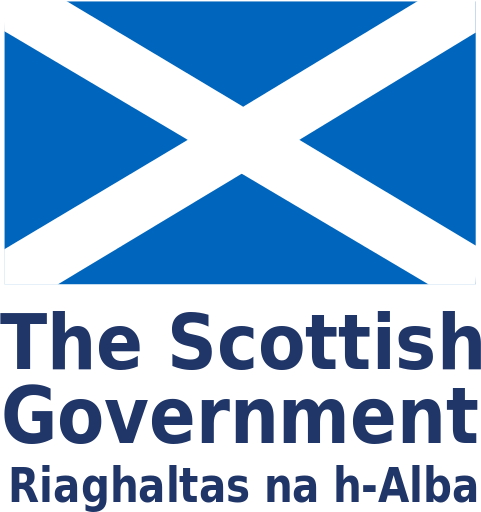Select the crosses for each colleagues decision and rationale
Prof Mark Barber
Decision
- Lower SBP to <180mmHg before bolus
- Treat with alteplase 0.9mg/kg
- Refer for thrombectomy
Get BP down a little and thrombolyse. I would discuss with a thrombectomy centre.
Rationale
The decision to lower BP and thrombolyse seems fairly straightforward. Lots of potentially viable tissue. The role of thrombectomy here is a little bit more difficult. There does not seem to be the same benefit as in anterior circulation strokes, however there is a signal for benefit in patients with higher NIHSS scores. Given that the majority of patients I have seen like this (and who haven’t had thrombectomy) have died, I think it is probably something that should be considered/tried.
Dr Tracey Baird
Decision
- Lower SBP to <180mmHg before bolus
- Treat with alteplase 0.9mg/kg
- Consider thrombectomy
Rationale
As ever with basilar occlusions this is a difficult case. Such patient’s often stutter in onset time. The natural history is grim, and on balance I would offer lysis and consider thrombectomy albeit the evidence base for thrombectomy is not firmly established.
Dr Anthony Pereira
Decision
- Reduce BP over a few days
- Request CT & CTA
- No lysis
- No referral for thrombectomy
Rationale
The clinical presentation here is of a posterior circulation syndrome. The blood pressure is high.
The first symptoms 12 hours ago are well outside the timescale for thrombolysis. The major decompensation when the hemiparesis and dysarthria occurred was over three hours ago. Therefore, this falls into ECASS 3 territory.
Basilar artery thrombosis is a very disabling condition and many practitioners would feel it worth attempting some form of treatment. In this case, I would eschew thrombolysis as I would be concerned that the actual time of onset was well outside the thrombolysis window. The most recent, randomised evidence for treating basilar artery thrombosis has been rather disappointing and I would be less inclined to intervene here.
I would bring the blood pressure down slowly over a few days.
In real life, on reviewing the patient, if they were very frail, I would not intervene. If they were more robust, I would probably phone a friend and compare notes.
Dr Shelagh Coutts
Decision
- No BP intervention
- No lysis
- Refer for thrombectomy
Rationale
This is a patient with a stuttering onset of symptoms with the first symptoms being more than 12 hours prior. The deficit is clearly disabling and the outcome from a basilar artery occlusion can be catastrophic. What I would do would depend on where I was working and the exact appearance of the vertebral arteries. I would discuss the case with the interventionalist on call. Access through the vertebral arteries in the neck can be difficult so we would need to review this. If we were concerned that there was going to be a delay to thrombectomy or if it might be difficult to get access to the basilar occlusion then I would discuss thrombolysis with the patient and his family. I would explain that this is off label use of tPA however given the lack of early ischemic changes on the NCCT I would consider this as an option.
Dr William Whiteley
Decision
- Lower SBP to <180mmHg before bolus
- No lysis
- Refer for thrombectomy
Rationale
Here we have a well man with a severe stroke onset at most 4.5 hours prior to presentation, and at least 3 hrs 20 mins with a large vessel occlusion. He has a potential cause (AF).
Here my decision would depend a bit on thrombectomy availability. If this was available immediately, I would go straight for intervention; if not (for example I was at a non-thrombectomy centre, or another case was on the table) I would start thrombolysis because he has a lot to lose, and the risk of ICH is small.
You have reached the end of this case study. What do you want to do next?


